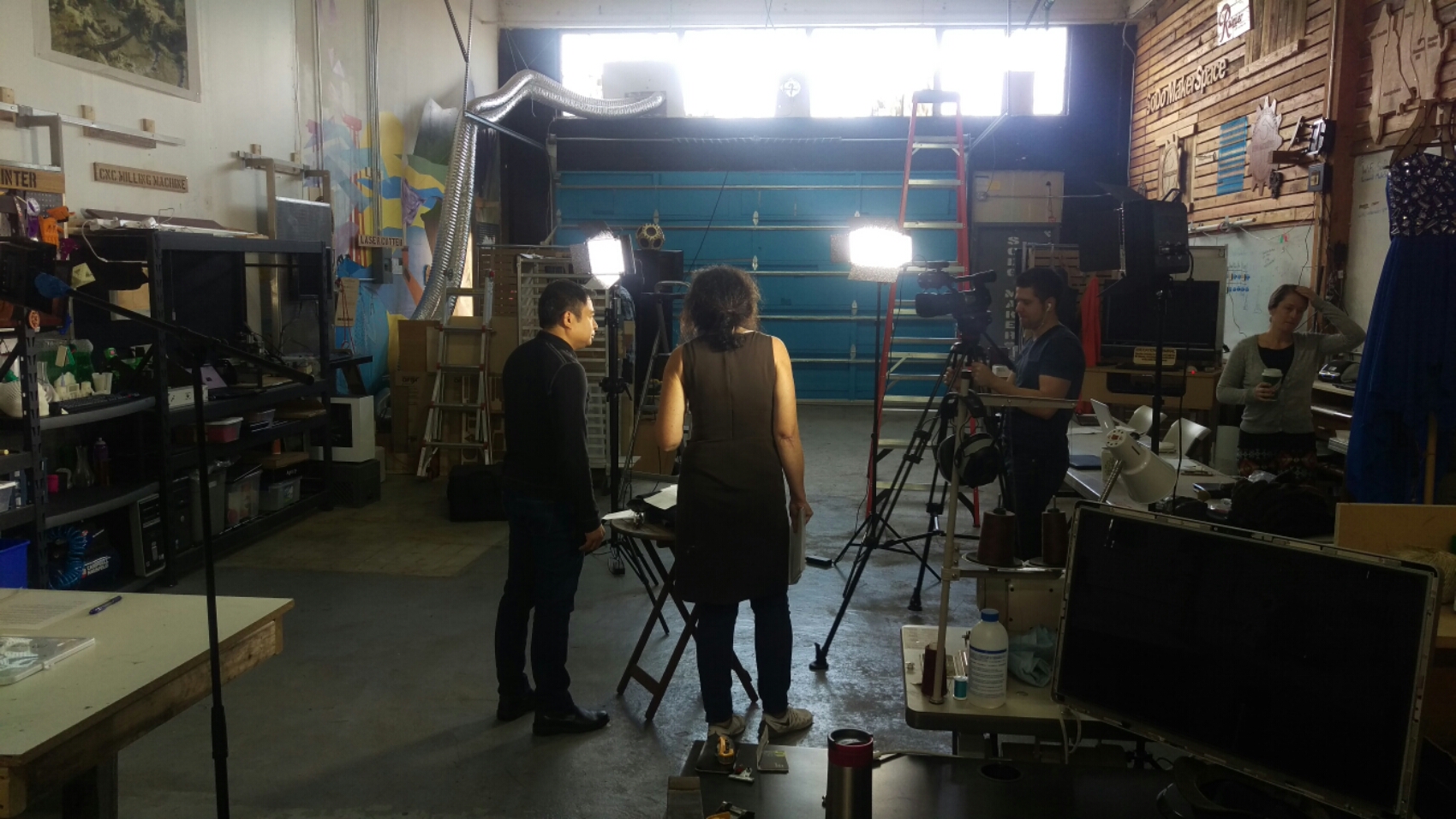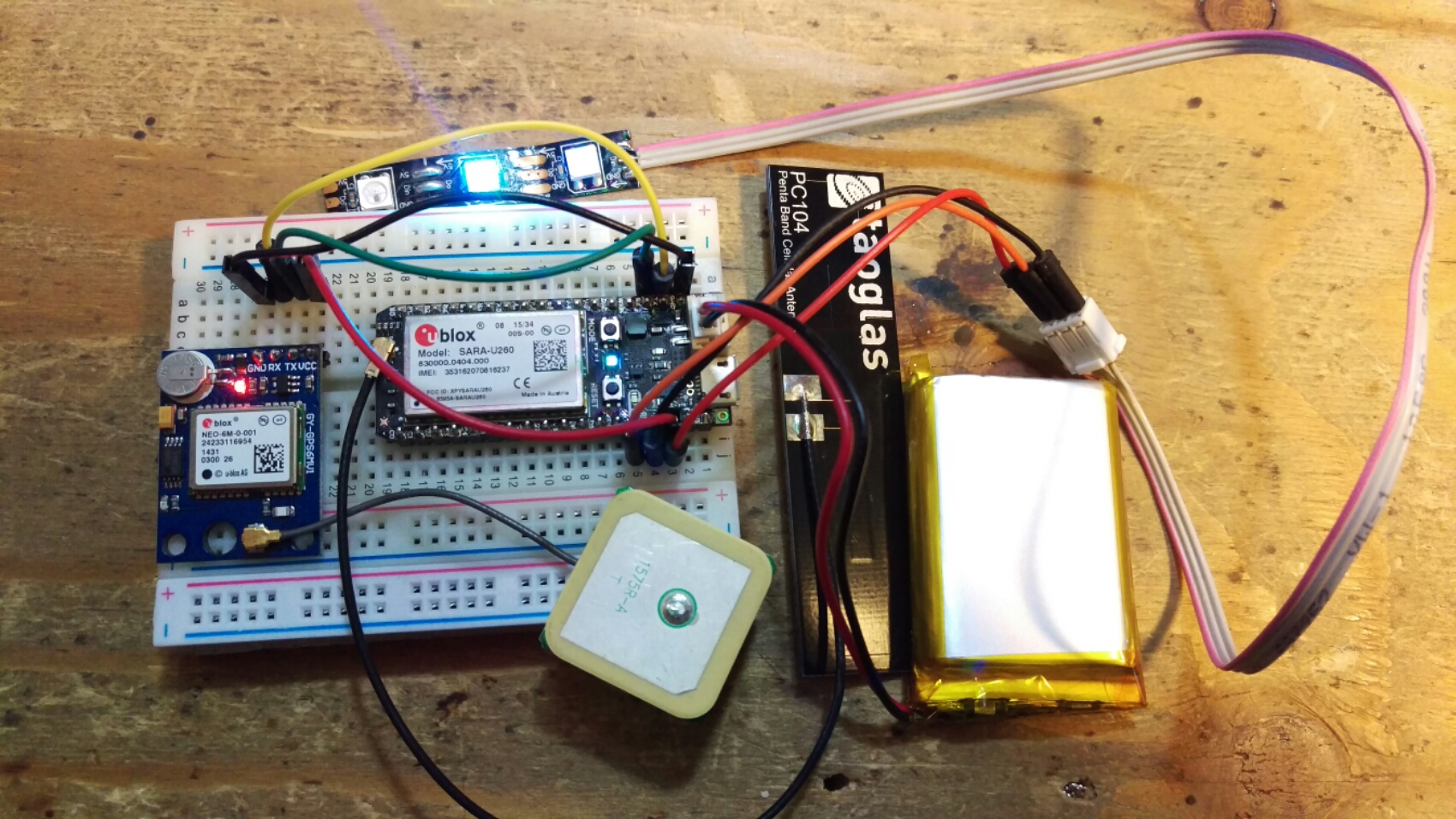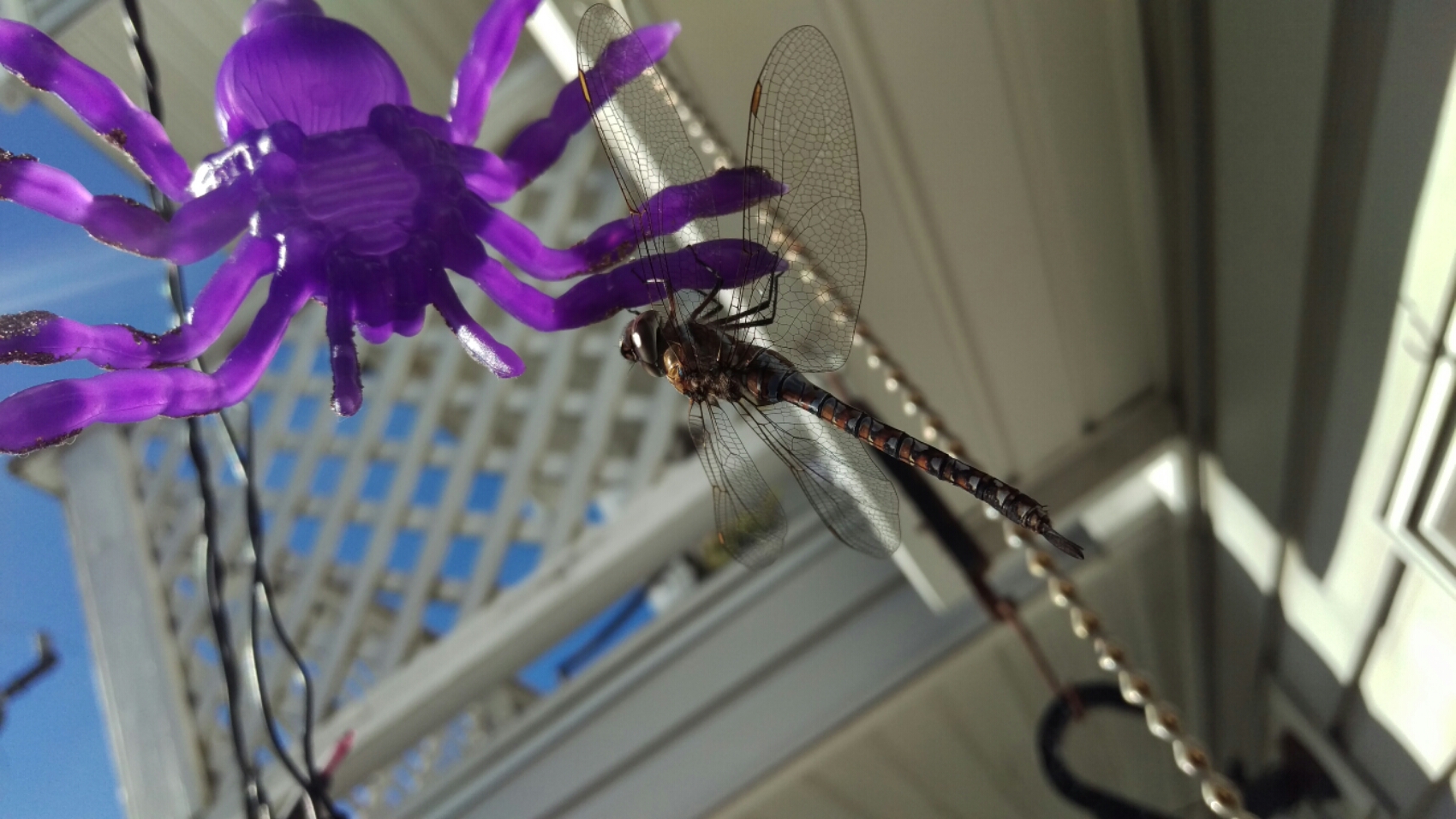Category: Uncategorized
Taking LARP to the next level
I have been talking to some people that I think can help me with a project I have been trying to get off the ground for a while. We are looking to integrate technology into props for live action role play.
This will not just be a few LEDs and sound effects. We are talking gesture triggered actions, IOT devices, geographically aware machines, and video game like mechanics in real world devices.
Imagine if part of an in-game quest was to fit a communications beacon. Well what if that beacon looked like an actual radio transmitter. What if it had real looking parts that needed to be connected in the right way to work. To top that all off, it actually played a message with instructions on what to do next. On and it also triggered a trap on the other side of the field that must now be disabled before it is to late!!!
Beating my self up for no reason
Man today was not a good day for me and tech. Sometimes things don’t work out the he way they should and I tend to really beat myself up over it. Then I realize that it is not that I am bad at what I do, just that what I am doing is really hard. More and more of the stuff I am doing these days is off the map. There are no guides or tutorials to follow. If I am lucky I can find something to build on top of, but even that only gets me 15% of the way there.
I love a challenge and I am certainly in the thick of it all more and more. Today I forgot that people are used to the well established plug and play tech that we use every day. Not really thinking about how much work went into making a near bullet proof device that can be supported by a few tech docs and low paid call center rep.
Being on the fringe means taking risks and most do not pay off. I have 5 out of 7 pieces of tech in this project that are preforming flawlessly. All but one is unique, custom designed, built and programmed by me. I have learned many lessons that are already leading to better and more reliable tech to drive similar projects in the future.
Being a maker is more about how we fail and what we choose to do with that failure. We can let us eat us up alive or pick up the pieces and get back to work.
Now I am heading home to try out some cheap irrigation parts on the gravity fed watering system for my patio garden…
I choose to make.
Glass, lights, and wearable tech?
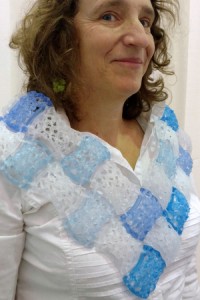 I first met Carol Milne through another artist that I help by installing electronics. She wanted to add a few LEDs to a piece for an upcoming show in upstate New York. This was around the time when I was finishing the design for my LEDiva™ controller and Carol’s project looked like the perfect test case for how effective a tool my chip could be for artists. She was quickly convinced when I showed her the many options and how the reactive feedback would add to the experience. This is a wearable project and allowing the lights to react to the movements of the model just adds so much to the effect.
I first met Carol Milne through another artist that I help by installing electronics. She wanted to add a few LEDs to a piece for an upcoming show in upstate New York. This was around the time when I was finishing the design for my LEDiva™ controller and Carol’s project looked like the perfect test case for how effective a tool my chip could be for artists. She was quickly convinced when I showed her the many options and how the reactive feedback would add to the experience. This is a wearable project and allowing the lights to react to the movements of the model just adds so much to the effect.
For those who are unfamiliar with Carol’s work, she is an internationally known artist that uses knitting techniques but with glass. Her work is quiet stunning on it’s own and I am happy that I could help to add a bit of embellishment to her latest project.

This was an interesting first step for me and the LEDiva™. Though I did consult with Carol, I did not actually have any involvement in installing the electronics. I simply showed her how the buttons worked, how to connect the battery, and the LEDs. She did all of the hard work of installing the components and I just pulled stuff out of my bins. The process went very smoothly and proved to me how useful the LEDiva™ can be for artists. It allows them to just focus on making art and can be used just like any other tool.
LARP Tech… Go!
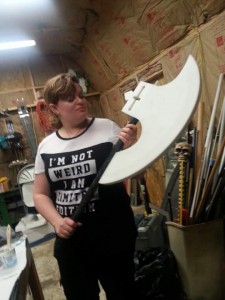
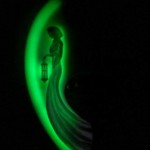
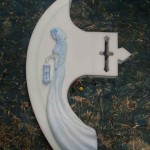
Though I am not an avid LARPer, save the occasional 24 hour Zombie Nerf gun game, I have been working with a friend to add a bit of Tech into the weapons and artifacts that are commonly used. You may have seen the War Hammer project, but we wanted to try and make some more basic options that just add lighting and some feedback.
This was a good first application for the LEDiva™ chip that I have been designing. It is low power, easy to install, requires no programming, supports many colors as well as modes, has built-in hit detection using a vibration sensor, and rather inexpensive.
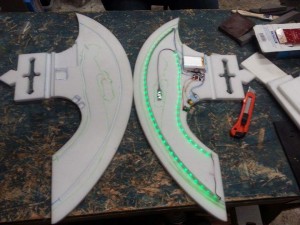 So here is a rundown of the hardware:
So here is a rundown of the hardware:
1 LEDiva™ LED driver
The chip uses an ATtiny 85 in conjunction with a vibration sensor and two buttons to send signals to any WS2812B, NeoPixel, LED. Power is supplied by using a standard JST connection from a standard or Lithium Ion rechargeable battery. The LEDiva™ runs on 5v to 3V power.
1 Rechargeable 1200mAh Lithium Ion battery
1 USB Charger for the Lithium Ion battery
64 WS2812B, NeoPixel, LEDs from Adafruit
1 Molex locking connector – 3 pin female for the LEDs
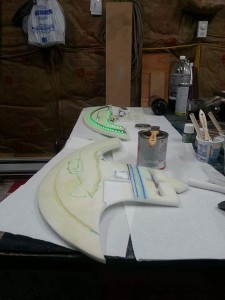 I have split the main LEDiva™ code up for this chip so that it has only a handful of game related modes along with what we are calling the Rave Mode. The main mode glows dim until the sensor detects a hit and it lights up brighter.
I have split the main LEDiva™ code up for this chip so that it has only a handful of game related modes along with what we are calling the Rave Mode. The main mode glows dim until the sensor detects a hit and it lights up brighter.
One of the most important features added was the Brightness setting. By pressing and holding one of the buttons while turning on the ax, you can make the LEDs brighter or dimmer. This setting stays the same until you change it again.
This was a test drive, but once I have everything worked out I will be making more of these kits for LARPers and Cosplayers. The chip itself will be $15 and you will just need to add LEDs and a battery. I will have those available as well, but will mostly be marketing the LEDiva™ chip. To give an example of how much a full package would run you, the ax uses about $60 worth of hardware.
Electrical draw test for LEDiva™
Jon did a power draw test with the LEDiva™ tonight and here are the results.
The board alone draws 11mA
8 LEDs set to the lowest brightness and white (100% RGB) draw 15mA
Same 8 LEDs set to the max brightness and white draw 300mA
So, on low, each LED draws about 0.5mA
On high, each draws about 37mA
So a strand of 60 LEDs consumes 2231mA per hour at Max brightness and the worse case scenario.
Or
30mA per hour on the lowest brightness and worse case scenario.




